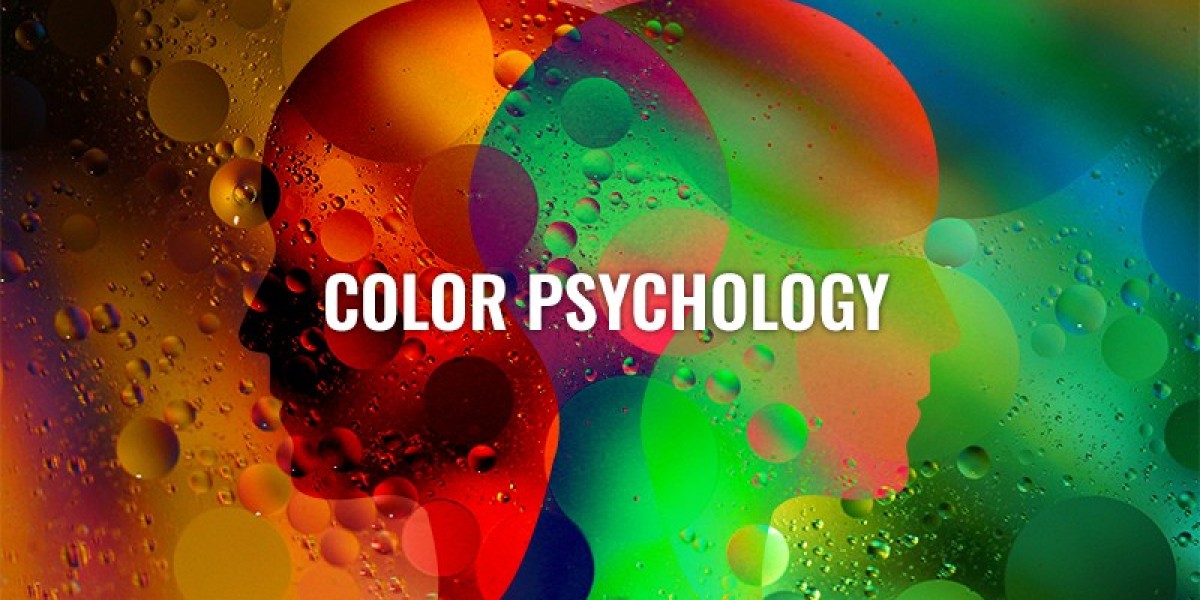The design of a Learning Management System (LMS) is crucial to its success. One of the most important aspects of LMS design is color. Color plays a significant role in our perception, mood, and cognitive performance. Therefore, it is essential to understand the psychology of color and its impact on learning when designing an LMS. This article will explore the psychology of color, its influence on learning and memory, and how to use color effectively in LMS design.
The Psychology of Color
Color has a profound impact on our psychology and physiology. Different colors can evoke different emotions, affect our moods, and even influence our behavior. For example, red is often associated with excitement and passion, while blue is associated with calmness and tranquility. Additionally, color can affect our cognitive performance. For example, studies have shown that exposure to the color red before a test can negatively affect performance, while exposure to the color green can have a positive effect.
Color and Learning
The influence of color on learning and memory is a topic of interest for researchers and educators alike. Studies have shown that color can affect attention, comprehension, and retention of information. For example, one study found that participants who viewed information in color had better memory recall than those who viewed the same information in black and white. Another study found that the use of warm colors (e.g., red, orange, yellow) in educational materials helped to increase attention and comprehension, while the use of cool colors (e.g., blue, green, purple) helped to increase retention of information.
Using Color Effectively in LMS Design
Understanding the psychology of color and its influence on learning can help in designing an effective LMS. Here are some tips for using color effectively in LMS design:
Use Color to Highlight Important Information
Use color to draw attention to important information or key concepts. For example, use a contrasting color to highlight important text or use a different color for headings and subheadings.
Use Color to Organize Information
Use color to organize information and create a visual hierarchy. For example, use different colors for different sections or modules, or use color coding to differentiate between different types of content (e.g., text, images, videos).
Use Color to Create a Positive Learning Environment
Use color to create a positive and engaging learning environment. For example, use warm colors to create a sense of warmth and comfort, or use cool colors to create a sense of calmness and tranquility.
Be Consistent
Be consistent with your use of color throughout the LMS. For example, use the same color for all headings, or use the same color scheme for all modules.
Consider Cultural Differences
Be aware of cultural differences in the interpretation of colors. For example, in Western cultures, red is often associated with danger, while in Eastern cultures, it is associated with good luck.
Consider Accessibility
Consider the accessibility of your LMS for users with visual impairments. For example, use high contrast colors to make text easier to read, or use color coding in conjunction with other visual cues (e.g., icons, patterns).
Conclusion
Color plays a significant role in our perception, mood, and cognitive performance. Therefore, it is essential to understand the psychology of color and its impact on learning when designing an LMS. Use color to highlight important information, organize information, create a positive learning environment, be consistent, consider cultural differences, and consider accessibility. By following these tips, you can use color effectively in your LMS design and create a successful learning experience for your users.
Explore the potential of this cloud-based LMS firsthand by signing up for a free lifetime Business LMS with a limit on users. This allows you to experience the full scope of features that Green LMS provides, and to critically assess if it is the right fit for your organization.
Read more about how Green LMS can be tailored for various applications: higher education LMS, Schools LMS, Corporate LMS, and Business LMS. Ready to take the leap into efficient and effective online learning and training management? Click here https://www.thegreenlms.com/book-a-demo/ for Lifetime Free LMS.



